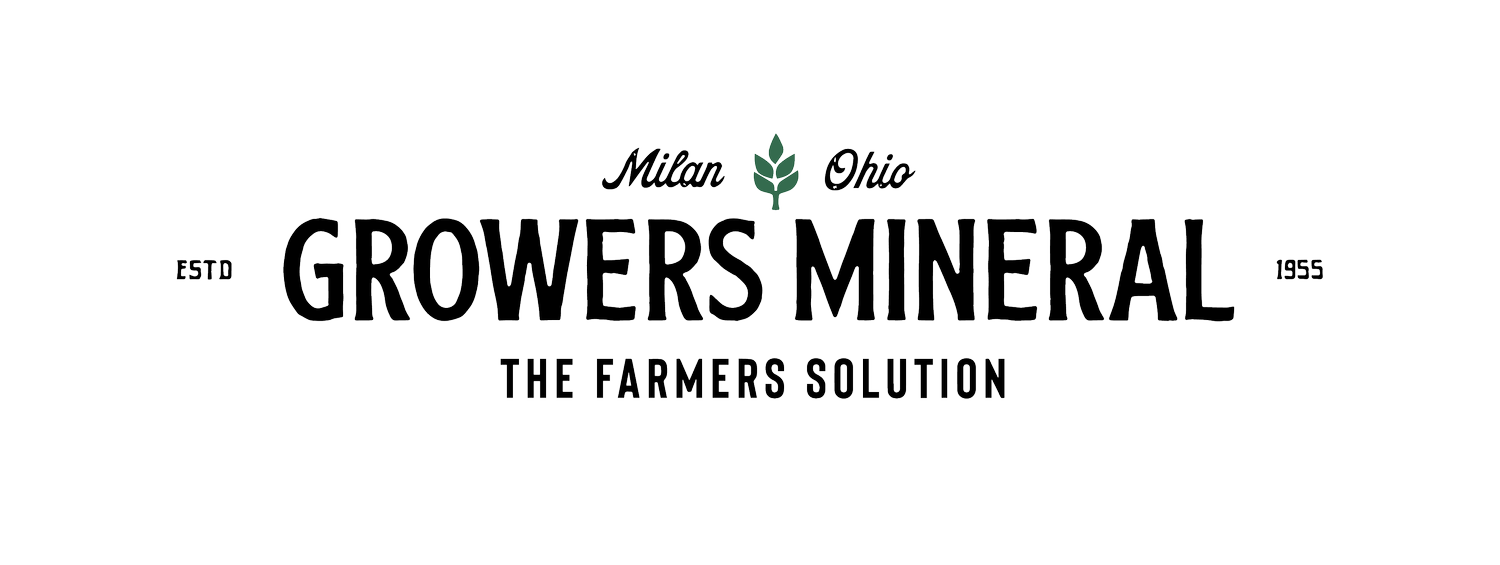The What and Why of our Cost and Nutritional Analysis
We have often heard the complaint that our product is too high priced, especially compared to the sticker prices of other liquid fertilizers. Their refrain is: "We are just as good as Growers, but half the price." This may be an easy sales tactic on their part, but is it true? Is Growers more expensive when considering other cost factors, such as rate of application and return on investment?
There is no doubt that Growers Mineral Solution (GMS) is a premium product, but the question every operator should be asking themselves with regard to their fertility plan is this: Am I getting what I pay for?
In order to answer this question, there are two factors we must consider: What the cost per acre of a program is, and how much of what is being applied is available to the plant. Both of these factors can be answered using our Cost and Nutritional Analysis (CNA) worksheet (as seen on Pages 1 and 4). This article will explain:
What the CNA is, and what kind of literature backs up the claims we make in it; and
Why we created it, and what our goals in promoting it so much are.
WHAT IS THE COST AND NUTRITIONAL ANALYSIS?
The CNA is a tool to help people calculate and understand what they are spending on a per acre basis, on fertility, and how much of that fertility is actually available to plants. The calculations can be done for individual fertilizers or for entire programs. In our experience, many people have only the faintest idea of what they are spending, and the running assumption is that most, if not all, of the fertility they are applying is plant available. We have known for decades through anecdotal experience that much applied fertility is lost to the environment, but lacked the knowledge and literature to back it up with numbers. However, a study published back in the 90's called High Quality Plant Food Advantages: Evaluation of Crop Nutrients has provided the data we needed to determine how available different kinds of fertilizer are.
This paper was a joint effort between four different universities and sought to determine how efficient different kinds of fertilizer are during germination and initial plant growth. They first determined how much phosphorus (an important nutrient for germination and early growth) was required for the first 45 days following planting (around 7.6 lbs. of P₂O₂). Then they observed the plants growing for the allotted time period under different fertility treatments to see how much of each fertilizer was required to get equal growth in those 45 days. The purpose of the study is similar to our purpose in the CNA: to see which products give the most nutrition most efficiently at the least cost.
The CNA itself is organized to be as intuitive to complete as possible. It supplies the analysis and density of common products, tables for organizing necessary information and for calculating the formulas. the availability percentages of nearly every type of fertilizer, and all of the information you need to calculate cost per acre, nutrient availability and nutrients lost, and the cost per pound of available nutrition.
PURPOSE OF THE CAN
Since the founding of Growers, a guiding principle for the company has been to help our customers first and foremost, and worry about making money after that. This principle can be seen in our promotion of calcium without selling it, as well as our approach to sales. It is a significant reason why the company is still going strong 66 years later, and a big part of the reason I'm so grateful to have joined Growers.
The CNA, though not originally created with this principle at the forefront of our minds, actually fits in quite nicely with it. There are a couple of reasons for this:
Though a lot of work has gone into and is going into it, we do not profit a single dollar off of it; and
It can actually be used for products and programs that we don't sell.
This second point may seem obvious, but I believe it is significant that an operator can receive the CNA and learn how to use it from a Growers representative, and then, in theory, proceed to never use it to compare a program or product to GMS. It is simply a useful tool for anyone who wants to know what they are spending and getting for it to use. We are okay with this, as we believe it will help our (potential) customers to run their operations more efficiently and have a better understanding of what they are doing, which is our ultimate goal as a company anyway.
Now, as noted above, GMS is a premium product and our price per gallon is the most common sticking point for new (and existing) customers. Our initial motivation in creating the CNA was to give our sales force an intuitive tool to figure out what people are already spending, what they are getting, and how the Growers Program compares. Our hope is that operators will do the math themselves, and see that the Growers Program is not only comparable or cheaper than most other programs, but that with it, they are getting what they pay for and more.
With fertilizer raw material prices increasing as quickly as they are now, this can be an especially useful tool to show the real cost of various products. It is easy to contend that GMS is too expensive when things like potash or MAP are cheap, but that is a harder line to hold when their price has doubled (or more) and our "high-priced" product increases in price only incrementally. Remember, our main goal as a company is to help you succeed!
This is an excerpt from the Early Fall Growers Solution (2021) written by Zach Smith.
Signup for our newsletter to stay in the loop



